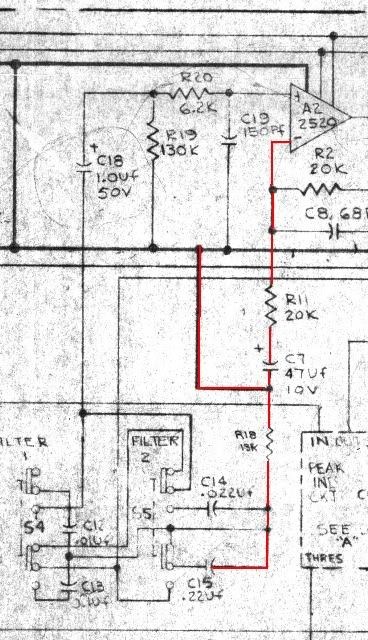I sent my pdf docs to boji. They were to big to attach. The docs are full scans of the blueprints and are therefore slow opening and exceed the size of my graphic card to mange quickly. I'm hoping to scan more info I have on the API 2488 I own.
Perhaps we can get boji to post these and some working schematics can be created. I always hand draw a circuit when working on a problem in the modules and then proceed to loose it after I fix things.
Michael
Perhaps we can get boji to post these and some working schematics can be created. I always hand draw a circuit when working on a problem in the modules and then proceed to loose it after I fix things.
Michael





































